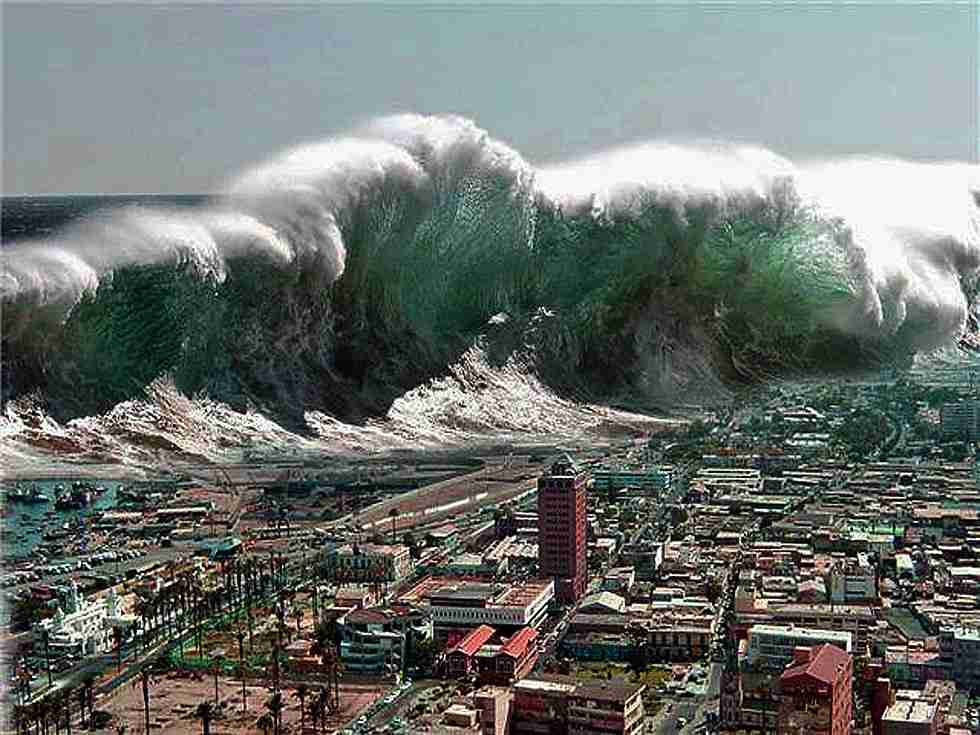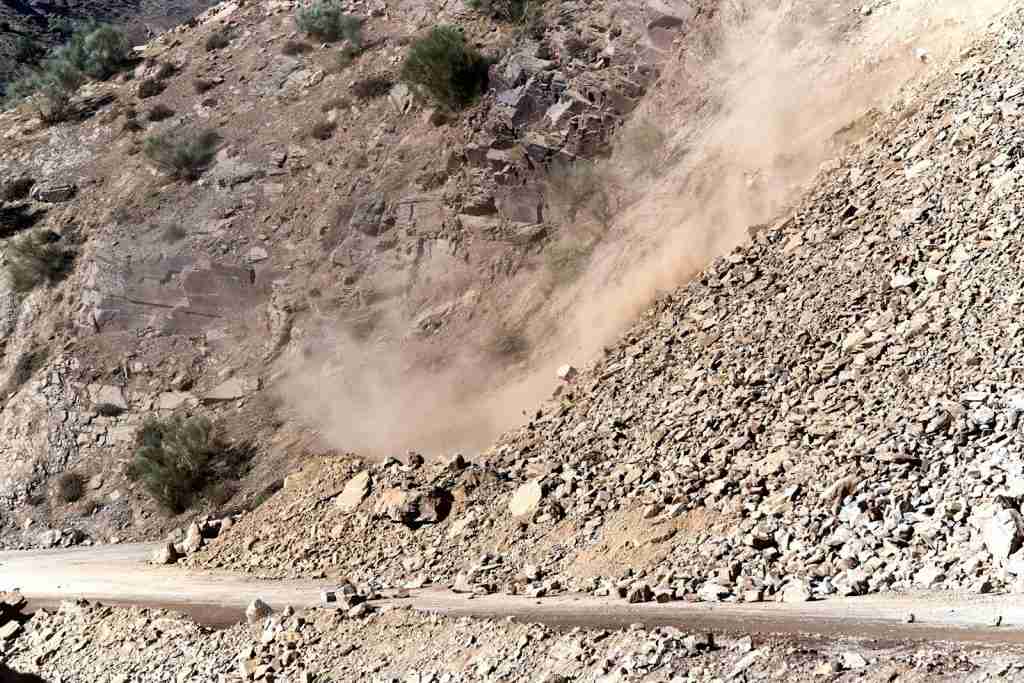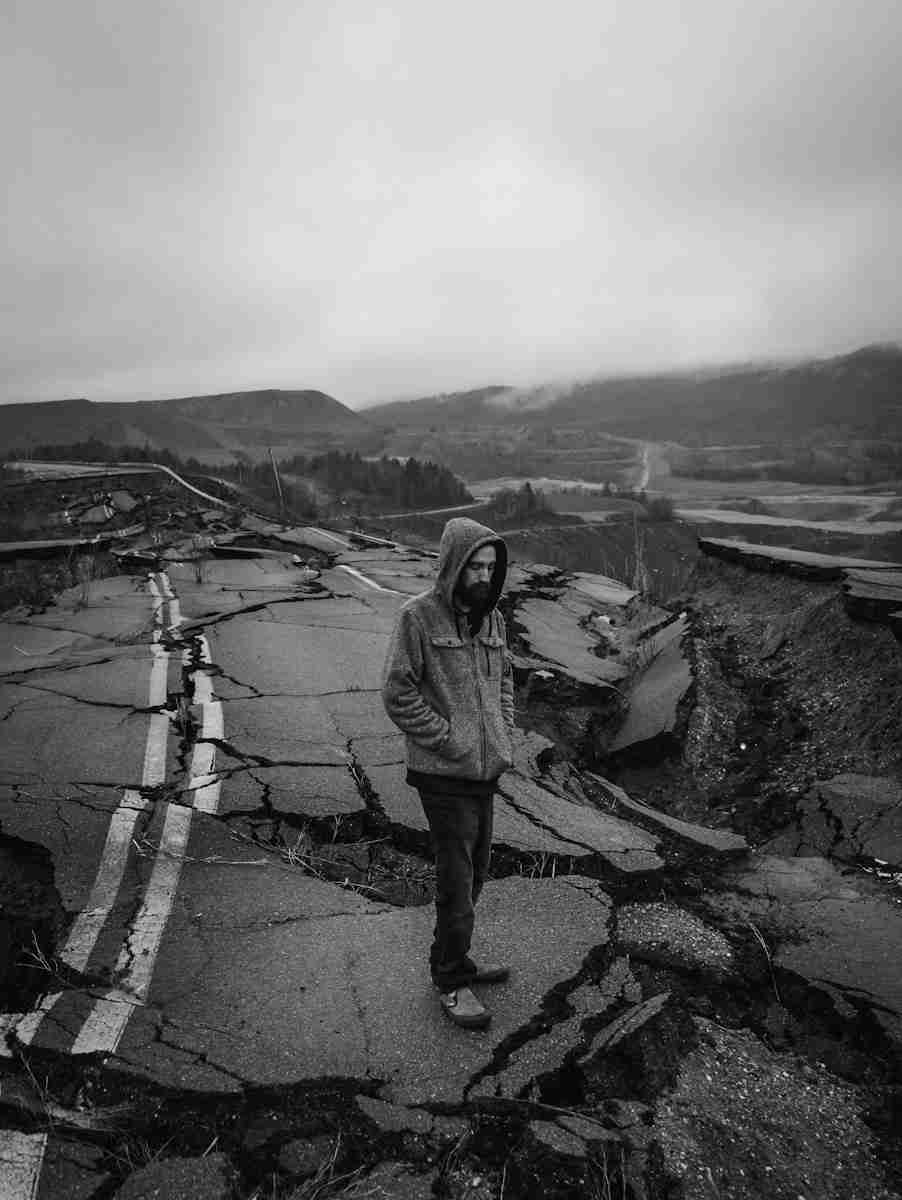25 Facts About Earthquakes | Mind-blowing Discoveries
1. Earthquakes happen more often than you might think.
Did you know that there are hundreds of thousands of earthquakes every single year? Most of them are too small to feel, but it’s a reminder that the Earth’s surface is always subtly shifting and rearranging itself.
Amazingly, sensitive scientific instruments can detect even the faintest tremors. If you’re curious to explore even more facts about earthquakes, the sheer number of them that happen each year is a great starting point!
2. There are different types of earthquakes.
Not all earthquakes are the same. Tectonic earthquakes (the most common kind) happen along plate boundaries, but there are also volcanic earthquakes linked to eruptions and even collapse earthquakes caused by underground mine collapses.
Different types of earthquakes produce different wave patterns and have varying effects. These fascinating distinctions are part of what makes studying facts about earthquakes so interesting!
3. Earthquakes are measured on the Richter scale.
Developed in 1935 by Charles F. Richter, this scale provides a way to measure the magnitude (or strength) of an earthquake. Each whole number increase on the scale represents a tenfold increase in ground motion – that’s a pretty big jump!
While we often hear about earthquakes on the news with magnitudes 5 or 6, those are actually moderate. The most powerful earthquakes ever recorded have had magnitudes upwards of 9!
4. What is earthquake?
An earthquake is a sudden shaking of the Earth’s surface. This shaking is caused by the movement of giant plates (called tectonic plates) in the Earth’s crust.
When these plates bump, slide past, or break apart, they release stored energy that travels through the ground in the form of seismic waves, causing the shaking we feel.
5. Earthquakes can slightly shorten the length of a day.
You might not think of earthquakes as affecting the rotation of the entire planet, but they can! Very powerful earthquakes have the potential to shift the Earth’s mass ever so slightly.
These shifts can alter the planet’s rotation, making our days fractions of a second shorter. While these changes are too minuscule to notice in our everyday lives, it’s a mind-boggling and fascinating piece of earthquake facts!
6. Most earthquakes only last a short time.
While earthquakes can be incredibly destructive, the actual shaking usually doesn’t last very long. Most earthquakes are over in a matter of seconds, although some powerful ones can last for minutes.
However, the aftermath of an earthquake can linger much longer. Aftershocks, landslides, and tsunamis can all be triggered, extending the impacts well after the initial shaking stops.
7. Earthquakes can’t be predicted.
Despite all our scientific advancements, we still can’t predict when or where an earthquake will strike. Scientists monitor seismic activity and study patterns, but pinpointing the exact time and location remains elusive.
This unpredictability highlights the importance of earthquake preparedness. Having an emergency plan and knowing what to do during a quake can be crucial in areas prone to seismic activity.
8. Animals might be able to sense earthquakes.

There are many reports of animals behaving strangely right before an earthquake. While the science is still being explored, some believe animals may be able to pick up on subtle changes in the environment or electromagnetic fields that precede a quake.
Whether it’s dogs barking wildly, birds flying in erratic patterns, or fish leaping out of the water, these observations are intriguing. They suggest a heightened sensitivity in the animal world that we’re only beginning to understand.
9. The ocean floor is riddled with earthquake faults.
Earthquakes don’t just happen on land. Many fault lines web across the ocean floor, where tectonic plates grind against each other.
Underwater earthquakes can displace enormous amounts of water, triggering tsunamis. Scientists carefully monitor seismic activity in the oceans to help coastal communities prepare for these hazards.
10. Small earthquakes occurring after a large quake are called aftershocks.
A major earthquake can disrupt the delicate balance of forces within the Earth’s crust. Smaller earthquakes, called aftershocks, often follow as the ground readjusts.
Aftershocks can continue for days, weeks, or even months after the main event. Though usually less strong, they can still cause further damage and make the situation dangerous for those in affected areas.
11. Some earthquakes happen far below the Earth’s surface.
Not all earthquakes are shallow events. Some occur hundreds of kilometers deep within the Earth’s mantle. These deep earthquakes are a fascinating puzzle for scientists.
The mechanisms behind them are still being studied. Understanding deep earthquakes offers valuable insights into the structure and dynamics of our planet’s interior.
12. Earthquakes can cause tsunamis.

Earthquakes that occur under the ocean floor have the power to create tsunamis. These giant waves can travel thousands of miles across the ocean, crashing into coastlines with incredible force.
Tsunamis are one of the most destructive effects of earthquakes. They can inundate low-lying areas, sweep away entire towns, and cause widespread devastation.
13. Earthquakes can travel great distances through the Earth.
The seismic waves unleashed by an earthquake don’t stop at the surface. They radiate in all directions, traveling deep into the Earth and across continents.
Special instruments called seismographs can detect these vibrations from quakes occurring thousands of miles away. This helps scientists learn even more about our planet’s inner structure!
14. Where can I find an earthquake map?
You can find earthquake maps online through various sources such as the United States Geological Survey (USGS) website, which provides real-time earthquake data and interactive maps.
15. Some buildings are designed to resist earthquakes.
Earthquake engineering is a whole field dedicated to making buildings safer during tremors. Special designs help structures sway and flex instead of simply collapsing in a quake.
Techniques like base-isolation or adding energy-absorbing dampers can help to protect buildings and the people inside them. These innovations are amazing examples of how we can adapt and live alongside earthquakes.
16. Earthquakes can create new islands.

The forces that cause earthquakes can also give birth to new landforms. Underwater earthquakes can sometimes push the seafloor upwards, creating brand new islands.
This process is a dramatic example of the earth’s ever-changing geology. It reminds us that even seemingly destructive events can lead to surprising acts of creation.
17. Stress builds up along fault lines over time.
Think of a fault line like a giant, cracked slab of rock. The pieces on either side are constantly but slowly moving, straining against each other until the pressure becomes too much and – SNAP!
This sudden release of energy is an earthquake. It might seem random, but often there’s a long build-up of stress before it happens.
18. Not all earthquake damage comes from the shaking itself.
While the shaking of the ground is a major danger, earthquakes can also cause secondary disasters. Fires, floods, and even diseases breaking out afterward can significantly add to the impact.
That’s why earthquake preparedness involves much more than just knowing what to do during the quake itself. It’s about being ready for the potential aftermath as well.
19. Earthquakes can create temporary lakes.
Landslides caused by earthquakes can sometimes block rivers and streams. The water becomes trapped, forming a new lake over time.
While beautiful, these “quake lakes” pose their own dangers. If the landslide dam holding the water back collapses, it can lead to catastrophic flash floods downstream.
20. Earthquakes can trigger landslides.

The violent shaking of an earthquake can destabilize slopes, particularly in mountainous regions. These slopes can suddenly give way, resulting in devastating landslides.
Landslides are a major hazard associated with earthquakes. They can bury homes, roads, and entire villages, causing significant damage and loss of life.
21. Some people claim to feel earthquakes before they happen.
There are lots of stories about people who experience nausea, headaches, or dizziness right before an earthquake. While there’s no definitive proof, there might be a connection to subtle changes in the environment that some people are more sensitive to.
Scientists are actively studying this phenomenon to see if there’s a way to understand these potential pre-earthquake signals better. It’s one of the many earthquake facts that highlight how much we still have to learn!
22. Earthquakes have shaped iconic landscapes.
Over millions of years, the powerful forces behind earthquakes have built mountains, carved valleys, and shaped coastlines. Many of the natural wonders we admire are a testament to the Earth’s dynamic nature.
Even today, earthquakes continue to subtly remodel our planet’s landscapes. It’s a reminder that the Earth is never truly at rest.
23. What are seismic waves?
Seismic waves are vibrations that travel through the Earth in response to an earthquake or other seismic activity. These waves include P-waves, S-waves, and surface waves, each with distinct properties and effects.
24. The Ring of Fire is the most active earthquake zone.

This horseshoe-shaped region circling the Pacific Ocean is a hotbed of seismic and volcanic activity. It’s where many of the Earth’s tectonic plates collide and grind against each other, making it a prime spot for earthquakes.
The Ring of Fire is home to some of history’s most powerful earthquakes and volcanoes. It’s a constant reminder of the dynamic and sometimes unpredictable nature of our planet.
25. The strongest earthquake ever recorded was in Chile.
The 1960 Valdivia earthquake hit Chile with an astonishing magnitude of 9.5. This mega-quake unleashed tsunamis that devastated coastlines across the Pacific Ocean.
Its effects were felt worldwide. This monumental event continues to serve as a sobering reminder of the Earth’s raw power.
FAQs
Yes, earthquakes are common in California due to its location along the San Andreas Fault and other active fault lines. The state experiences both minor tremors and significant earthquakes, with varying degrees of impact.
You can report an earthquake through official channels such as the USGS website or mobile app, as well as local emergency services. Providing accurate information helps improve earthquake monitoring and response efforts.
You can track earthquakes using online earthquake trackers and monitoring tools provided by organizations like the USGS, which offer real-time updates on seismic activity worldwide.
S-waves (secondary waves) and P-waves (primary waves) are types of seismic waves produced by earthquakes. P-waves are the fastest and arrive first, followed by S-waves, which are slower and cause more significant shaking.
Earthquakes occur when there is a sudden release of energy in the Earth’s crust, typically due to the movement of tectonic plates along fault lines. This movement generates seismic waves that propagate through the Earth, causing ground shaking.







